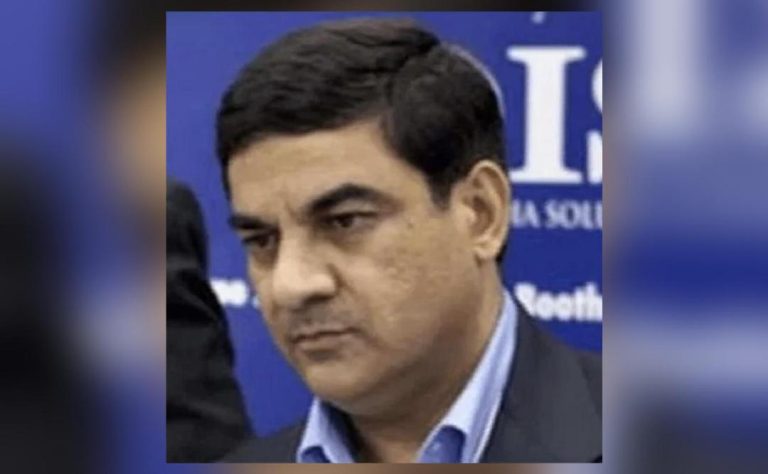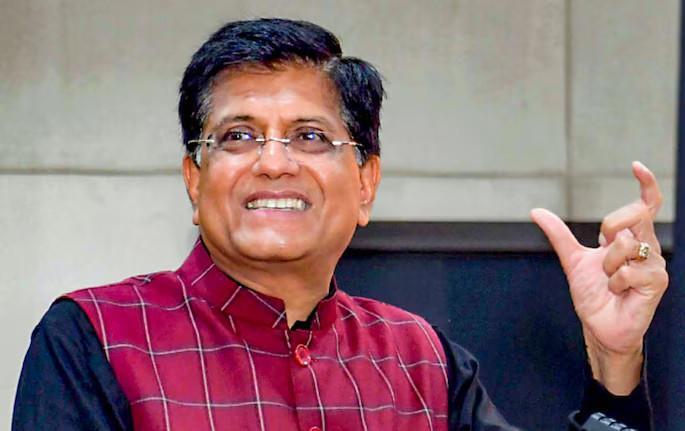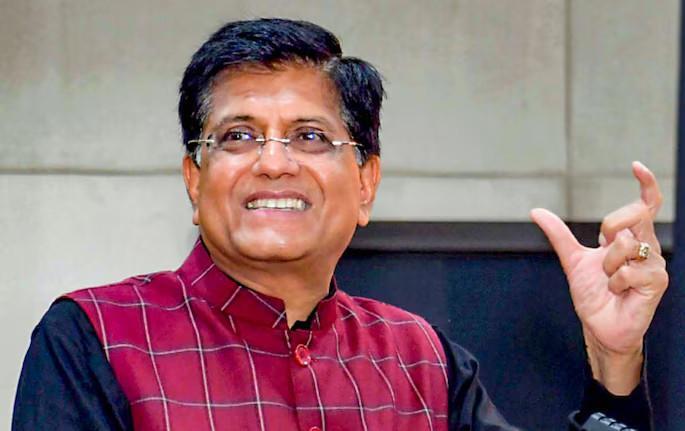
How did India’s most expensive artwork, by MF Husain, reach a Norway hospital?
The world of art is often shrouded in mystery, and the journey of MF Husain’s “Untitled (Gram Yatra)” is a fascinating example of how art can transcend borders and cultures. Recently, Christie’s auction house made headlines by selling Husain’s painting for a staggering ₹118 crore, making it India’s most expensive artwork. But what’s equally intriguing is the fact that the painting was sold by Oslo University Hospital, a hospital in Norway. How did this masterpiece, purchased by a Norwegian surgeon in the 1950s, end up on the walls of a hospital? In this blog post, we’ll delve into the intriguing story behind the painting’s journey.
The story begins in the 1950s when LE Volodarsky, a Norway-based surgeon, visited India. During his visit, he met the renowned Indian artist MF Husain, who was already making a name for himself in the Indian art world. Volodarsky was so impressed by Husain’s work that he decided to purchase one of his paintings, “Untitled (Gram Yatra)”, for his Oslo home. The painting, which is a classic example of Husain’s unique blend of Indian mythology and modernism, was completed in 1954.
Fast forward to the 1960s, when Volodarsky decided to donate the painting to Oslo University Hospital. The hospital, which is one of the largest in Norway, had a private corridor where the painting was exhibited. For over four decades, the painting remained a prized possession of the hospital, admired by patients, staff, and visitors alike.
So, why did the hospital decide to sell the painting? According to reports, the hospital was facing financial constraints and decided to liquidate some of its assets to fund new medical equipment and facilities. Christie’s auction house was approached to sell the painting, and after a rigorous bidding process, it was sold to an anonymous buyer for a staggering ₹118 crore.
The sale of the painting has sparked a lot of interest in the art world, with many wondering how a painting created over 65 years ago could fetch such a high price. The answer lies in the fact that Husain’s work has become increasingly valuable over the years, driven by his global recognition and the growing demand for Indian art. Additionally, the painting’s unique blend of Indian mythology and modernism, as well as its historical significance, make it a rare and valuable piece.
The sale of the painting has also raised questions about the cultural and historical significance of art in hospitals. While hospitals are primarily focused on providing medical care, they often also serve as cultural and social hubs, bringing people together and providing a sense of comfort and community. The presence of art in hospitals has been shown to have a positive impact on patients’ mental and emotional well-being, and the sale of the painting highlights the importance of preserving and promoting art in these settings.
In conclusion, the journey of MF Husain’s “Untitled (Gram Yatra” is a fascinating example of how art can transcend borders and cultures. From its creation in 1954 to its sale at Christie’s auction house, the painting has been a prized possession of Oslo University Hospital, admired by patients, staff, and visitors alike. The sale of the painting has raised important questions about the cultural and historical significance of art in hospitals, and its preservation and promotion are crucial for the well-being of patients and communities worldwide.
Source:
https://indianexpress.com/article/explained/explained-culture/m-f-husain-painting-9903618/lite/






